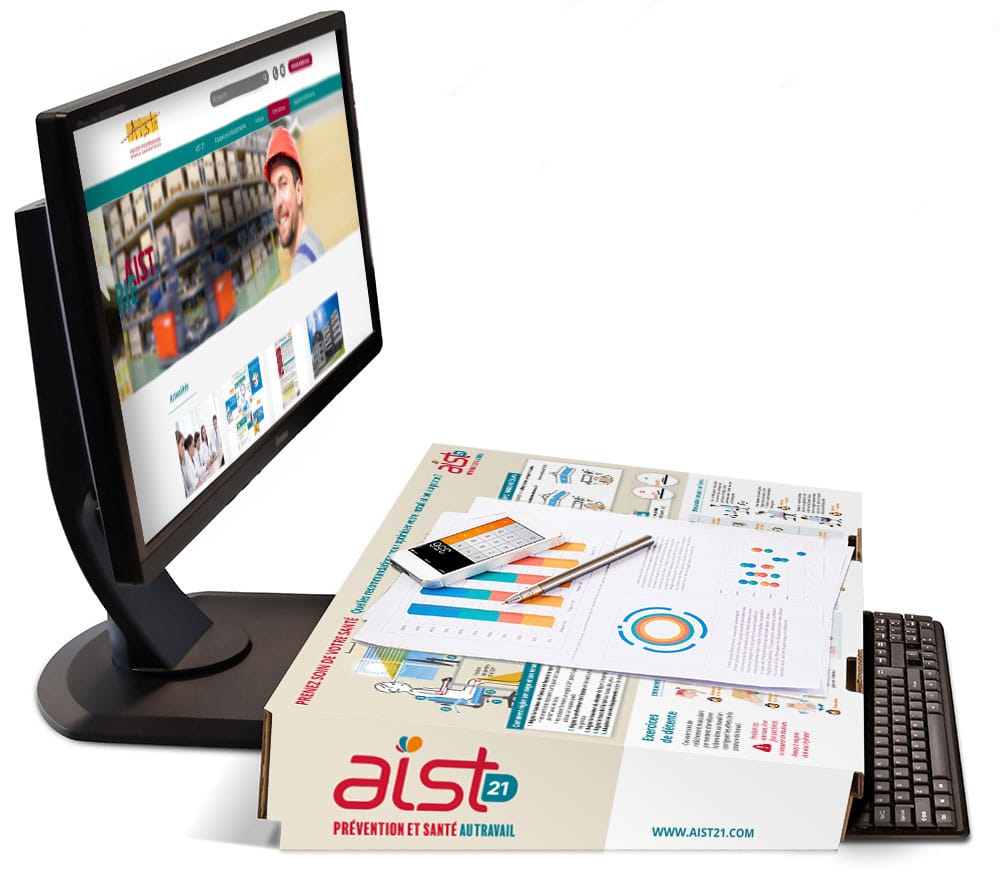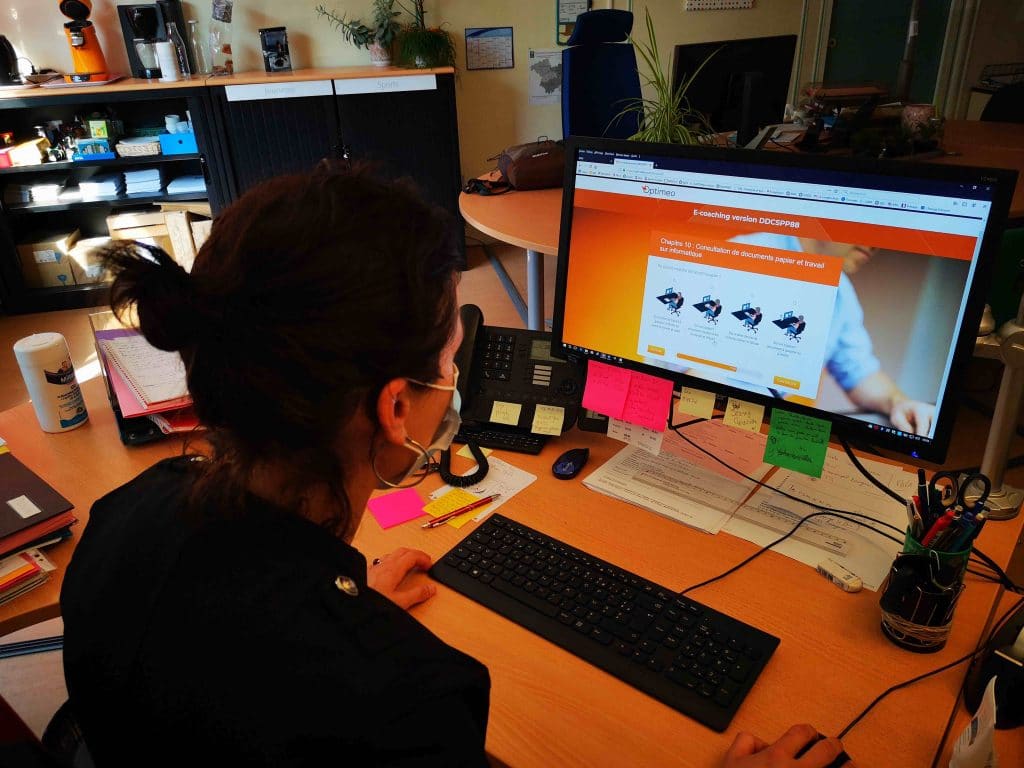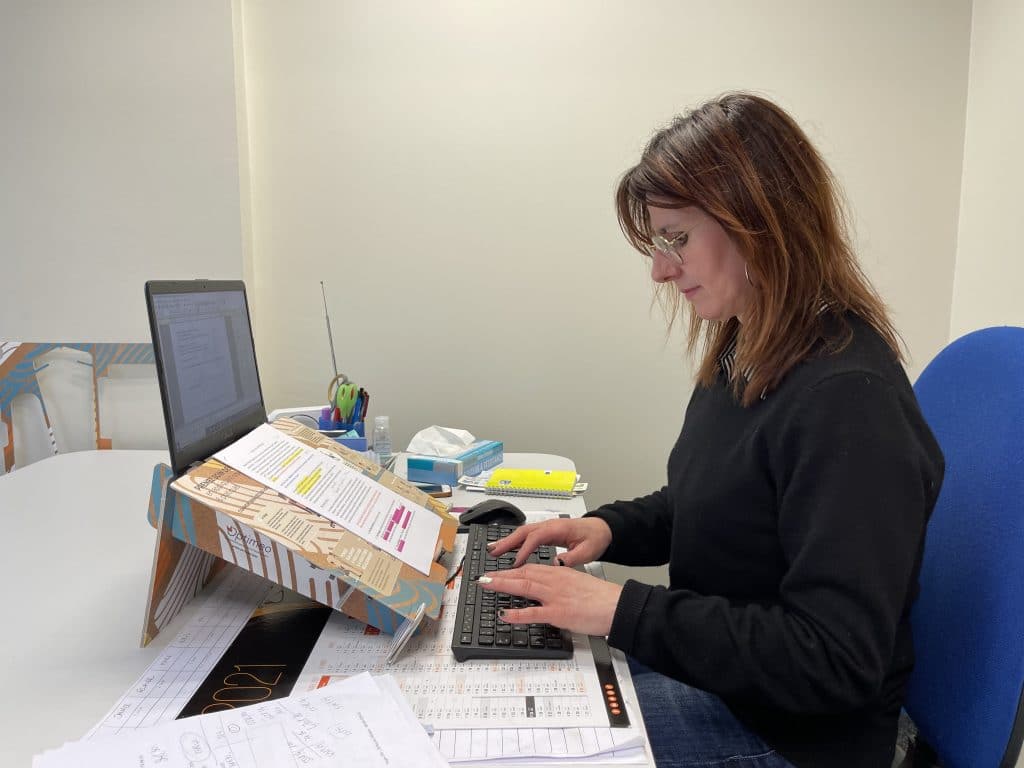When we talk about ergonomics, this broad concept actually brings together several components. Let's find out about the different types of ergonomics and why it is better to favor preventive ergonomics over curative ergonomics in improving working conditions in a company.

Let's start by recalling the definition of ergonomics generally ! Ergonomics is a broad subject, which includes many components. In its broadest definition, it consists of adapting the work , tools and the environment to humans, and not the other way around. Ergonomics can therefore act two levels : so-called “curative” ergonomics, and “preventive” ergonomics.
Ergonomics recommend a global approach , taking into account many factors: physical, cognitive, social or even organizational and environmental.
Curative ergonomics consists of intervening in a situation when a problem already exists. This is a "firefighter" intervention, often intended for one person (individual intervention), to compensate for problems already encountered at the workstation, or for a situation of disability. This intervention can also be collective : we then intervene to improve the ergonomic conditions of a company or a production line after having already identified a problem.
Unlike curative ergonomics, so-called preventive ergonomics consists, as its name suggests, in acting before the appearance of a problem collective or individual. Preventive ergonomics will then mobilize an ergonomist to intervene upstream of problems and to create good working conditions. Often, we act for a collective, for the creation of a new production line for example, or for the establishment of an open space and not for a specific situation.

Ergonomics can be broken down into several types:
• Physical ergonomics : who is interested in bodily constraints such as musculoskeletal disorders, noise, temperature, or even work postures, which if they are not optimal may cause immediate effects, but also in the longer term (absenteeism, well-being at work, stress …);
• Cognitive ergonomics : unlike physical ergonomics, cognitive ergonomics corresponds to mental and sensory abilities and faculties users for carrying out the given tasks. It thus takes into account the mental burden of the employee, the ability to make decisions or the interaction between people and work tools. The objective of cognitive ergonomics is therefore to facilitate compatibility between the functioning of systems and working conditions with human characteristics.
• Organizational ergonomics : so-called organizational ergonomics consists of analyze the task and activity entrusted to employees. It includes several elements, such as the quality of communication, resource management, working hours or even new forms of work such as the use of telework for example.
Currently, ergonomics is becoming an issue more and more important for companies. Every year, we see an increase in the absenteeism rate and the growing number of work stoppages linked to the onset of MSDs, as we indicated to you in our previous article on ergonomics issues.
Beyond the cost of poor or non-optimal working conditions for employees, ergonomics also promotes the well-being and commitment of employees , and may turn out to be a interesting competitive advantage in an increasingly difficult economic context.
In this context, focus on preventive ergonomics before the emergence of identified issues is a goal that any business should consider. The prevention solutions that can be considered can be multiple, depending on the risks identified in advance and the budget available to the company.

Flagship product of our range, the Opti-1 is essential for anyone whose work on screen is preponderant. Affordable, adaptable to everyone and customizable, the Opti-1 document holder effectively prevents musculoskeletal disorders by improving working posture and everyday comfort.
Lightweight, ultra-resistant and operational in just a few seconds, it is designed in recycled and recyclable cardboard and labeled FSC.

Both a training and awareness tool, Opti-Coach is aimed at employees to help them improve their workstation simply and in a didactic way.
The implementation of a questionnaire makes it possible to orient as effectively as possible the advice given and to step by step support the employee depending on the characteristics of his workstation, the work situations encountered and the equipment at his disposal.
Opti-Coach is also a way for managers to identify possible issues, and to benefit from recommendations with a view to improving working conditions.

At a time when teleworking continues to grow and become widespread in many companies, we are currently working on Opti-2 , a booster specially designed for laptops. Used daily for several hours, the Opti-2 booster will help you maintain optimal working posture and appreciable comfort, in particular by preventing back or neck tension and pain.